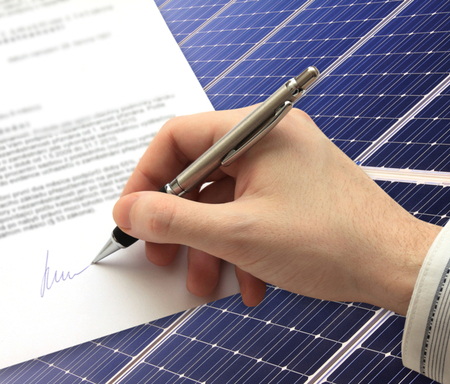
Asia get moving on net zero
Asia Pacific lacks a concerted effort on decarbonisation, but most nations have set a net zero carbon emissions target; the real estate industry should be front and centre of efforts to improve the region’s performance, but how will this happen?
In 2020, Asia Pacific was responsible for 52% of global carbon emissions and China alone accounted for 31% of the global total, meaning the challenge in this region is significant.
“In our experience, Australia, Hong Kong, Japan, New Zealand, and Singapore are the frontrunners in the realm of sustainability, meanwhile markets such as mainland China and Vietnam are progressing rapidly,” says Sam Crispin, regional head of sustainability & ESG, Asia Pacific at Savills.
While most Asia Pacific nations have set a net zero target of 2050, in line with the Paris Agreement, some – including the largest carbon emitters of China and India – have set targets further in the future.
- 2050: Australia, Hong Kong, Japan, Malaysia, New Zealand, South Korea, Taiwan, Vietnam
- Beyond 2050: China (2060), Indonesia (2060), Thailand (2065), India (2070)
- No target: Pakistan, Philippines, Singapore
Singapore has not set a firm target for reaching net zero, saying it will aim to achieve this in the second half of this century, however it has one of the region’s more sustainable real estate markets, with 95% of its Grade A office stock being green certified.
The city-state’s challenge is that it has little space to generate its own renewables and has a relatively large industrial sector, with significant oil and gas refining and petrochemical processing generating around three-quarters of industrial emissions.
KPMG’s Net Zero Readiness Index, published last year, named Japan, New Zealand and South Korea as the most net zero-ready nations in Asia Pacific, with Singapore, Australia, Malaysia and China also featuring in the top 25 countries worldwide. Japan and New Zealand score highly, partially because they are the only Asian nations which have made net zero binding in law, while New Zealand has significant hydropower generating capacity.
However, KPMG also cited India and Indonesia as two major Asian economies where improvement could be sharp, due to the growth and potential of renewable energy and (in India) strong government action.
The real estate industry worldwide is a focus for decarbonisation efforts, as it is responsible for nearly 40% of total emissions, of which 70% come from building operations and 30% from construction. Real estate investors worldwide have become more concerned with the embodied carbon in buildings in recent years. This has led to a growing preference for refurbishment over redevelopment.
However, Asia’s ongoing urbanisation means this is not always an option. The region’s urban population is set to grow further to nearly 3.5bn by 2050, from 2.3bn in 2019, a 52% increase. “Rising urban populations usually stimulate a boom in all types of real estate assets and replacing older low-rise blocks with high-rise is the only feasible way to improve housing conditions. While more buildings means more emissions, urbanisation also increases prosperity and, on a worldwide basis, richer nations are better placed to meet the climate challenge
Asia’s developing markets of China, India and the ASEAN nations will add 70 billion sq m of real estate floorspace by 2050. This will challenge nations’ net zero plans, unless the real estate industry works to minimise emissions in the construction and operation of these buildings.
“There is an opportunity for the real estate industry to develop and use new technologies in construction, asset management and property management, to reduce the impact of new buildings and existing stock,” says Crispin.
Further reading:
Asia Pacific ESG report



